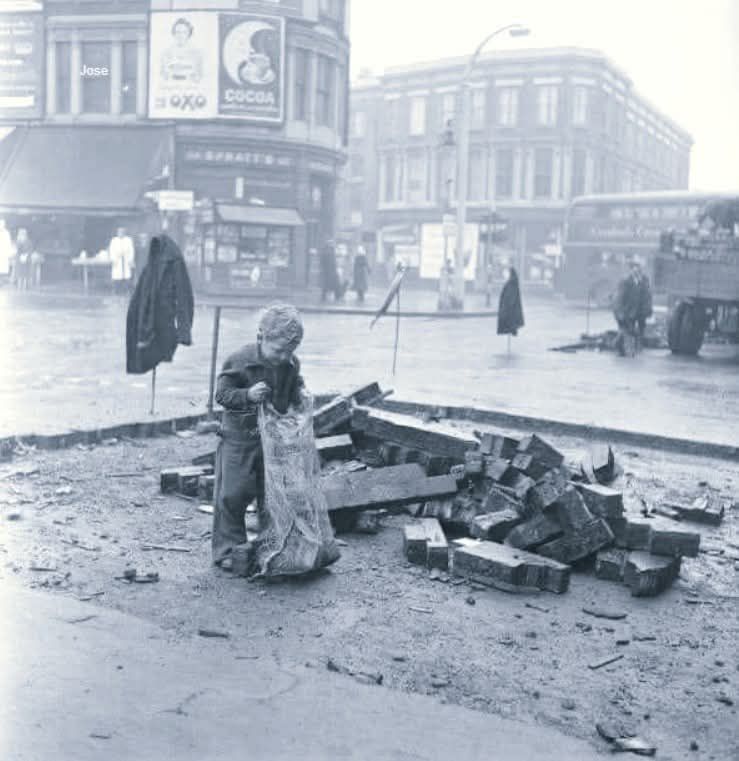In the winter of 1954, a young boy named Benny Merrell, just six years old, found a way to make a little extra pocket money by selling firewood on the streets of West London. He scavenged his supplies from an unexpected source: the ancient wooden blocks of Shirland Road, a remnant of the past when wood was widely used to surface roads across Europe.
These wooden blocks, often tarred for added durability, had been laid decades earlier to quieten the clatter of horse-drawn carriages with their metal-rimmed wheels. Cities across Europe adopted the practice as a cost-effective and practical way to manage traffic in the pre-automobile era. In London, these roads were a common sight before pneumatic tyres on motor vehicles began to replace horse-drawn transportation. As the motor age took over, wooden block roads slowly disappeared, their usefulness fading with the changing times.
Yet, in parts of London, these wooden roads survived, waiting for modernization. The blocks, soaked in tar, proved highly flammable, making them valuable as firewood, especially in the post-war years when fuel shortages were common. Little Benny, with a sharp eye for opportunity, would gather discarded blocks and sell them to neighbors for use in their fireplaces. His customers, like many families in London during that period, still relied on open fires or wood-burning stoves to heat their homes.
Benny’s small-scale operation was part of a much larger history of wooden block roads in Europe, which had been both a blessing and a curse. While the roads were quieter and relatively cheap to lay, their flammability was tragically exposed during the bombing campaigns of World War II. In cities like Hamburg and Dresden, where wooden blocks were still in use, British nighttime bombings ignited the streets themselves. The tarred wooden blocks fueled firestorms, turning roads into literal rivers of fire, contributing to the devastating destruction of those cities.
By 1954, those dark days were behind Europe, but the echoes of that history lingered in the wooden streets of London. For Benny, those ancient blocks were a way to stay warm and make a little money, but for the city, they were a fading symbol of a bygone era—one marked by horse-drawn carriages, quiet wooden roads, and the rapid march of progress.
Credit goes to respective owner
